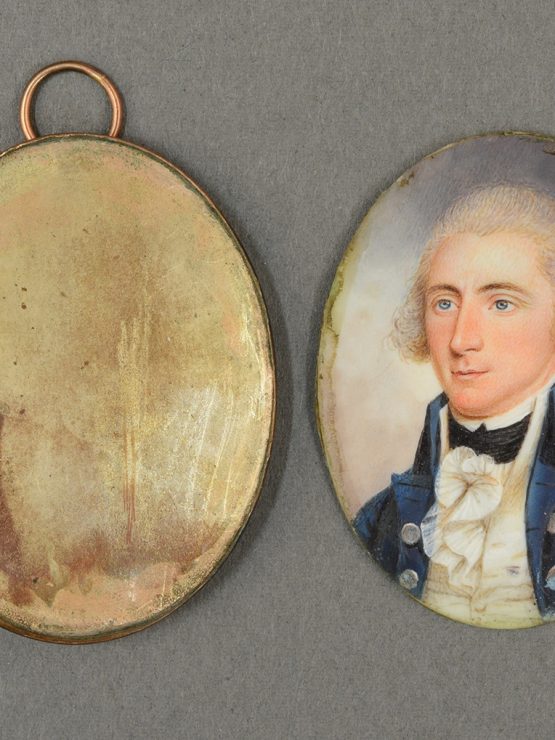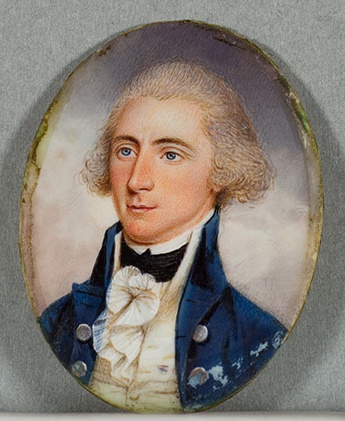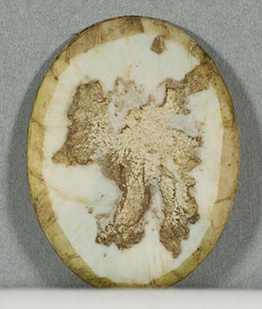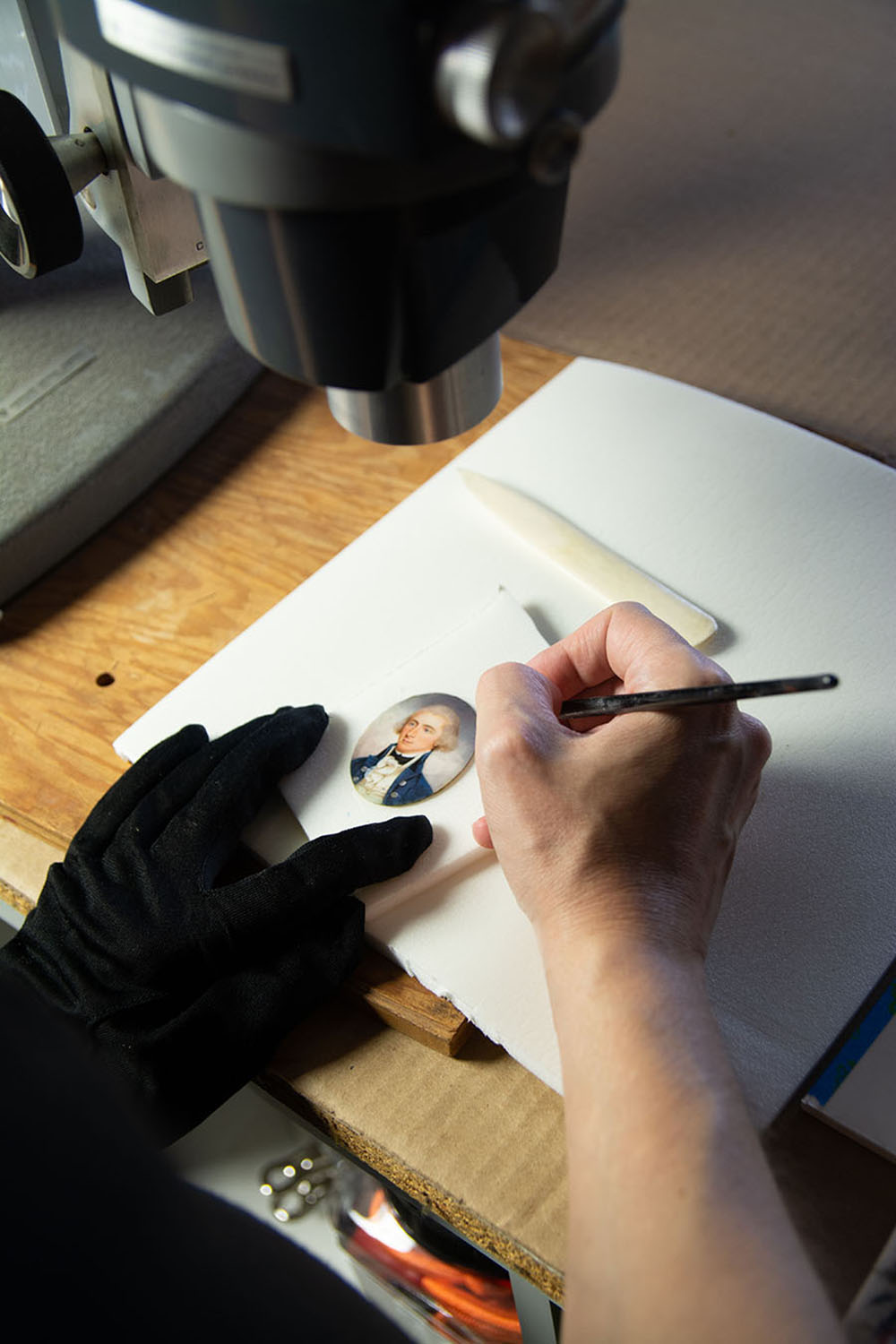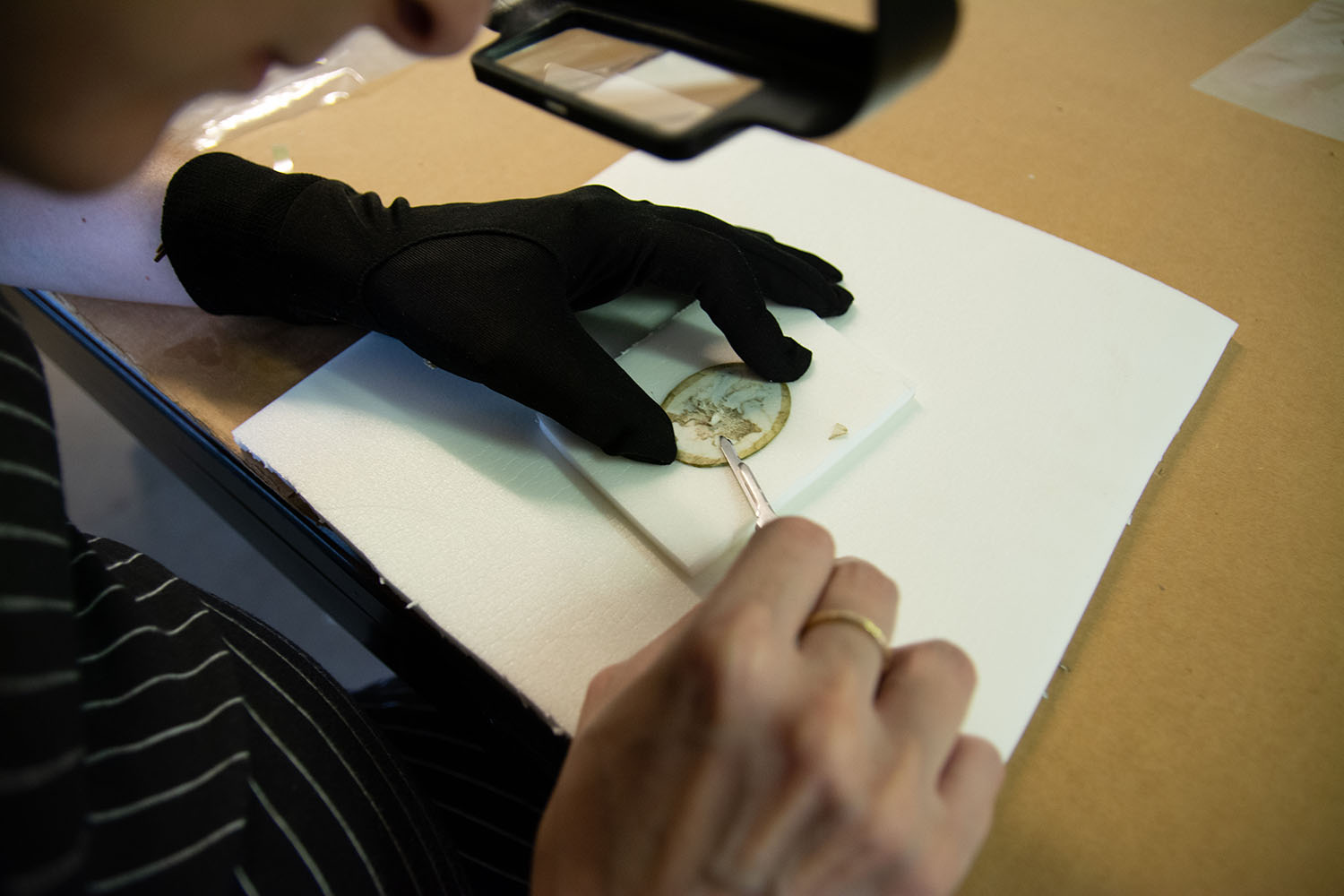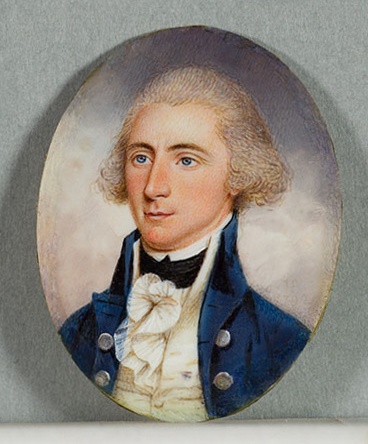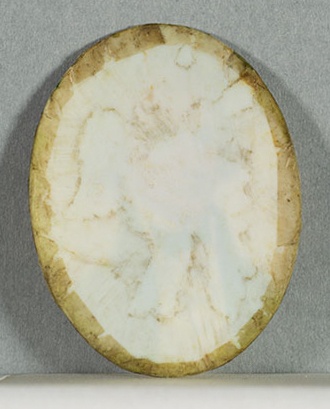This blog was originally posted at Art Conservation Etc. The original post can be found online here. Thank you to the following contributors: Ana Alba, Alba Art Conservation LLC; Nicole Lauletta, Registrar at the Heinz History Center; and Rhonda Wozniak, Rhonda Wozniak Objects Conservator.
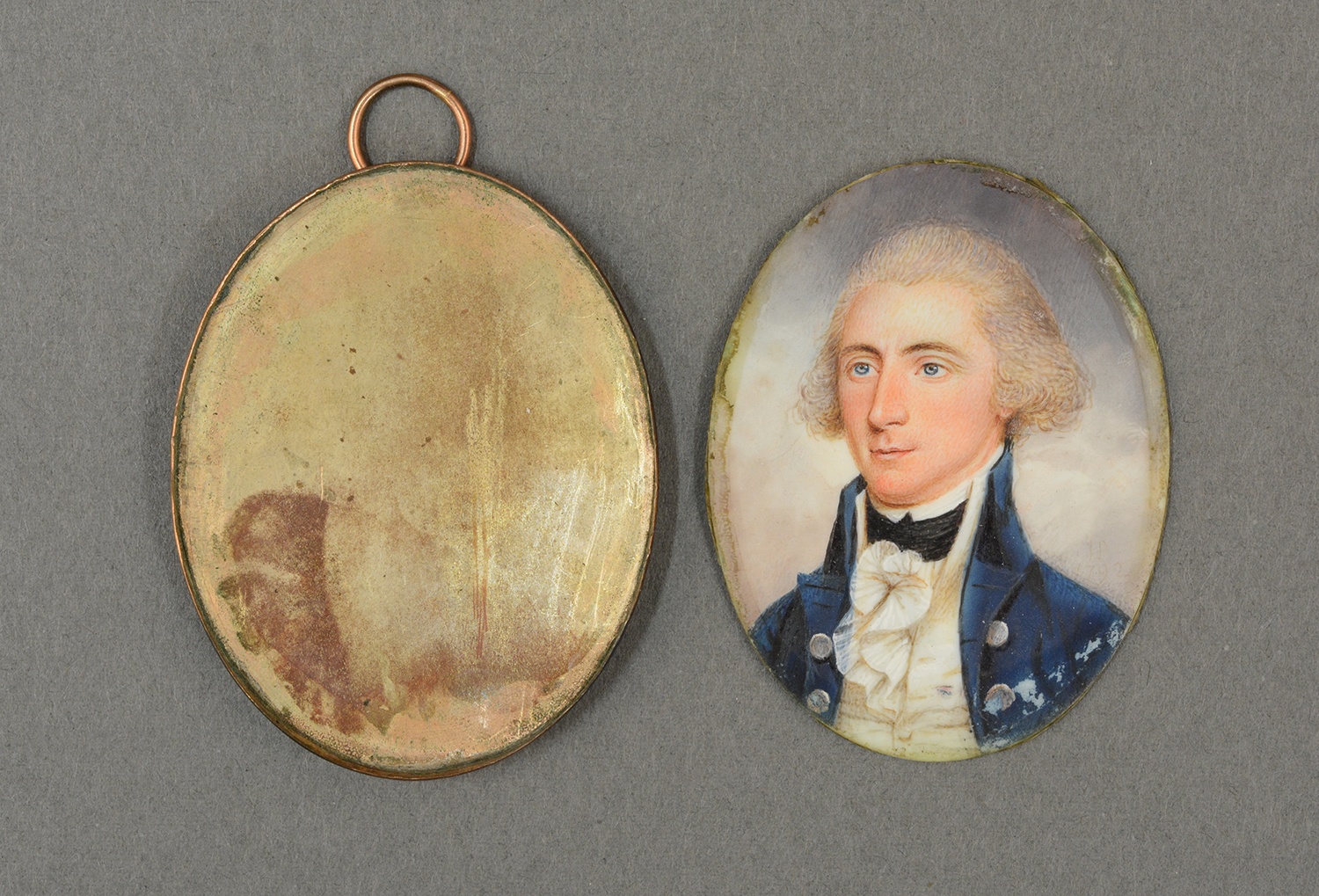
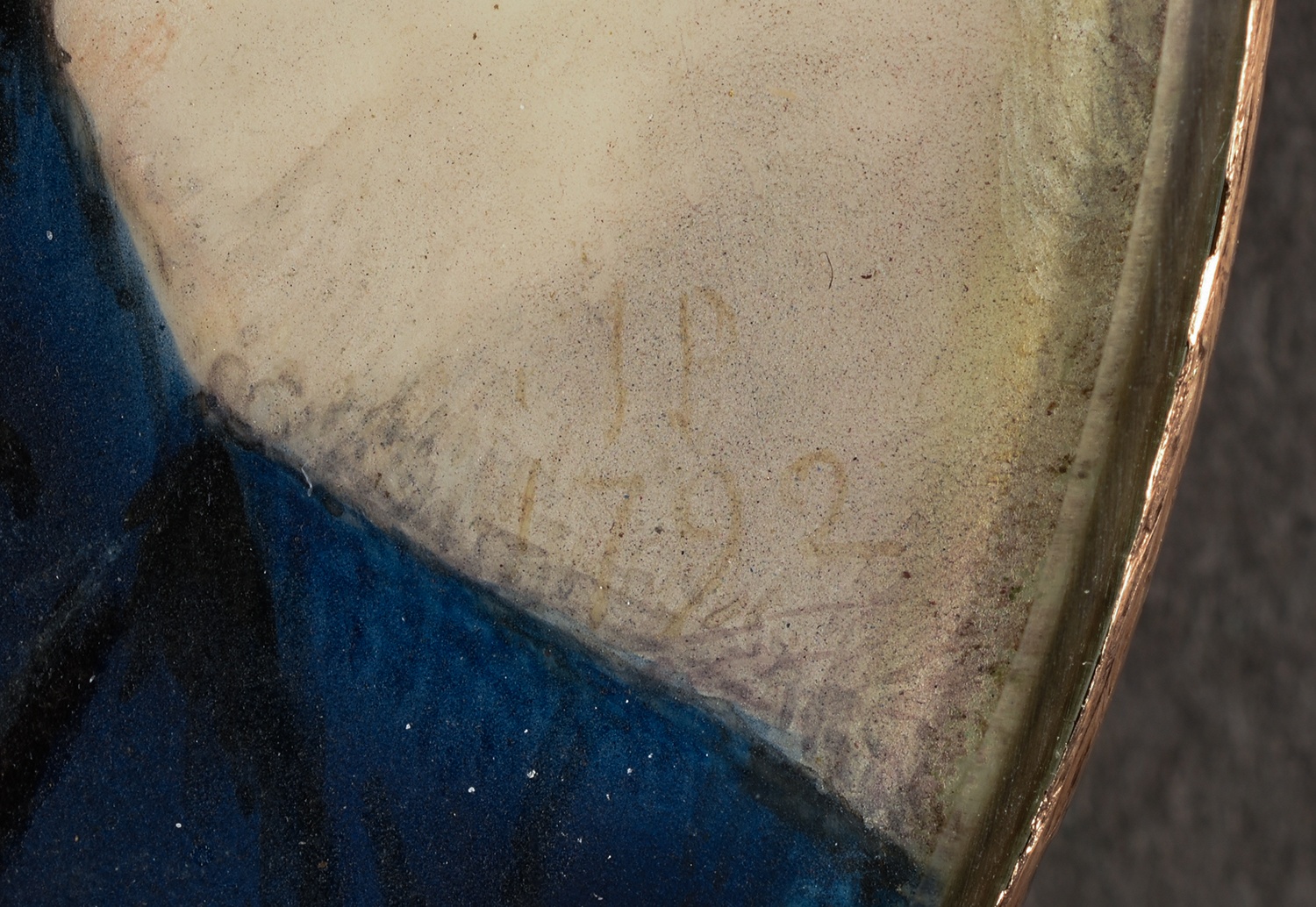
ACE conservators, Ana Alba and Rhonda Wozniak, recently treated a portrait miniature from the collection of the Heinz History Center. Portrait miniatures are unique works of art, requiring specialization in the conservation of both painted surfaces and decorative arts.
The portrait, by James Peale, features the bust length portrait of Ebenezer Denny (March 11, 1761 – July 21, 1822), the first mayor of Pittsburgh. There is a faint signature and date of 1792 inscribed in the background above the sitter’s proper left shoulder.
As typical with other portrait miniatures of the same time period, the painting is executed in water-soluble media on a thin ivory disk and housed within what is likely a rose gold plated case. Traces of goldbeater’s skin, used to secure the ivory within the case, remain visible around the perimeter of the painting and reverse of the ivory support.
Miniatures were also commonly glazed with a convex piece of glass, secured onto the surface around the perimeter of the case by burnishing into place or with an added bezel. The glass lens of this case is missing.
The losses along the bottom of the miniature and corrosion products in the adhesive around the perimeter, indicate likely previous water damage, caused by condensation build up along the bottom edge between the surface of the painting and the original glass lens.
The reverse of the ivory support exhibited remnants of an old paper backing and goldbeater’s skin, used to secure the disk into the metal case.
The conservation treatment of the miniature and case presented a challenge, due to the multimedia nature of the object and fine craftsmanship of the portrait. Ana Alba, of Alba Art Conservation LLC, carried out the conservation of the painted surface and ivory support, while Rhonda Wozniak, of Rhonda Wozniak Objects Conservator LLC, carried out the conservation of the metal case.
The ivory support and original paint layers were in relatively good condition, aside from the paint losses and discoloration around the perimeter of the surface. Treatment goals included loss compensation of the paint layer and removal of old backing materials from the reverse of the ivory support.
Inpainting losses was carried out under magnification, using media that would not disturb the original water-soluble paint layers and remain reversible over time. The adhesive on the reverse was also pared down to facilitate re-attachment of the ivory into the metal case. Remnants of the old adhesive were left on the surface and reverse as vestiges of the original attachment methods.
While Ana Alba worked on the painted surface and ivory support, Rhonda Wozniak worked on the metal case. The metal case was dusted with a soft bristle brush to remove dust and loose deposits. All parts were cleaned with both ethanol and odorless mineral spirits on cotton swabs to reduce both polar and non-polar deposits. Light oxidation and corrosion products at the interior of the case walls were sufficiently reduced in this manner. Further, more abrasive measures such as polishing to address the darker discoloration related to the adhesive on the verso of the painting, were avoided in order to retain extant plating. Surfaces were lightly buffed with a soft microfiber cloth
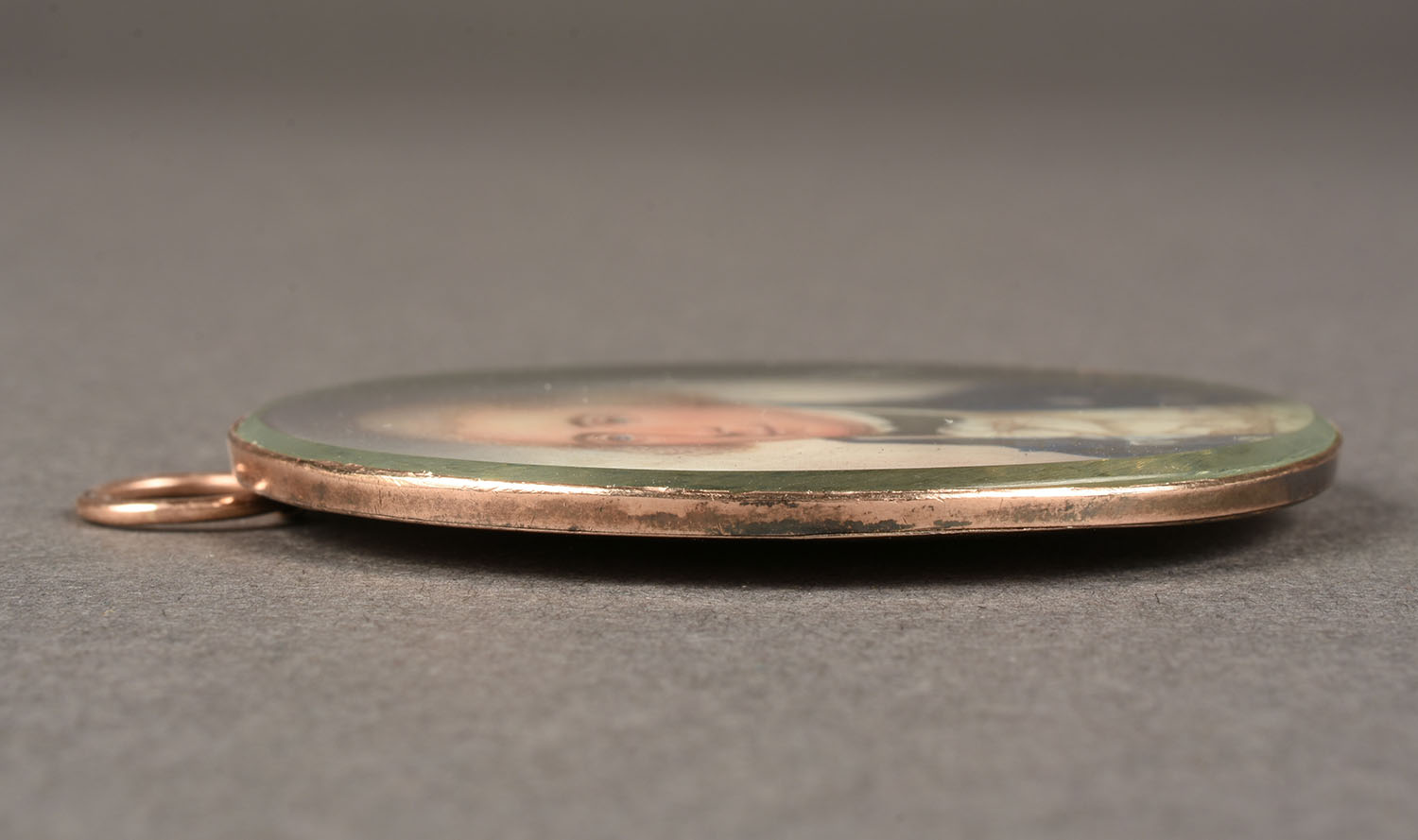
After consulting with ACE conservators, Heinz History Center staff decided to obtain a replacement glass lens for James Peale’s miniature portrait of Ebenezer Denny and remount the painting in its metal case. At some point, before donation of the miniature to the History Center, the original glass lens was lost. Miniatures of the late 18th century were customarily outfitted with a shallow convex glass lens held in place by a burnished bezel or case edge. Reframing the miniature in this way will contribute to its long-term preservation, protect the wafer-thin ivory disk from warping, and shield the painted surface from damage.
Staff contracted the Wiebold Studio in Terrace Park, Ohio, outside Cincinnati, to perform the glass fabrication and reframing. Wiebold Studio has been in the conservation and restoration business for 75 years and has specialized in portrait miniatures for more than 50 years. They are one of the few studios in the country with expertise in this specific field.
Wiebold Studio created a custom convex glass lens specifically for the Denny miniature. The studio’s glass fabricators work with 1.25 mm-thick glass. The glass is heated and slumped in a kiln at a specific temperature, and then placed over a wire frame that exceeds the diameter of the miniature’s case. Once the lens is slumped, the edges are ground with a wet grinder to the exact dimensions needed for the miniature’s case. The edge of the lens is polished into a bevel so that it fits snugly inside the case’s edge which functions as a bezel. The custom lens is then set into the case using a burnisher to smooth the case’s metal edges. Remarkably, the more than 200-year-old case was in good enough condition for the custom lens to be set in the case without issue.
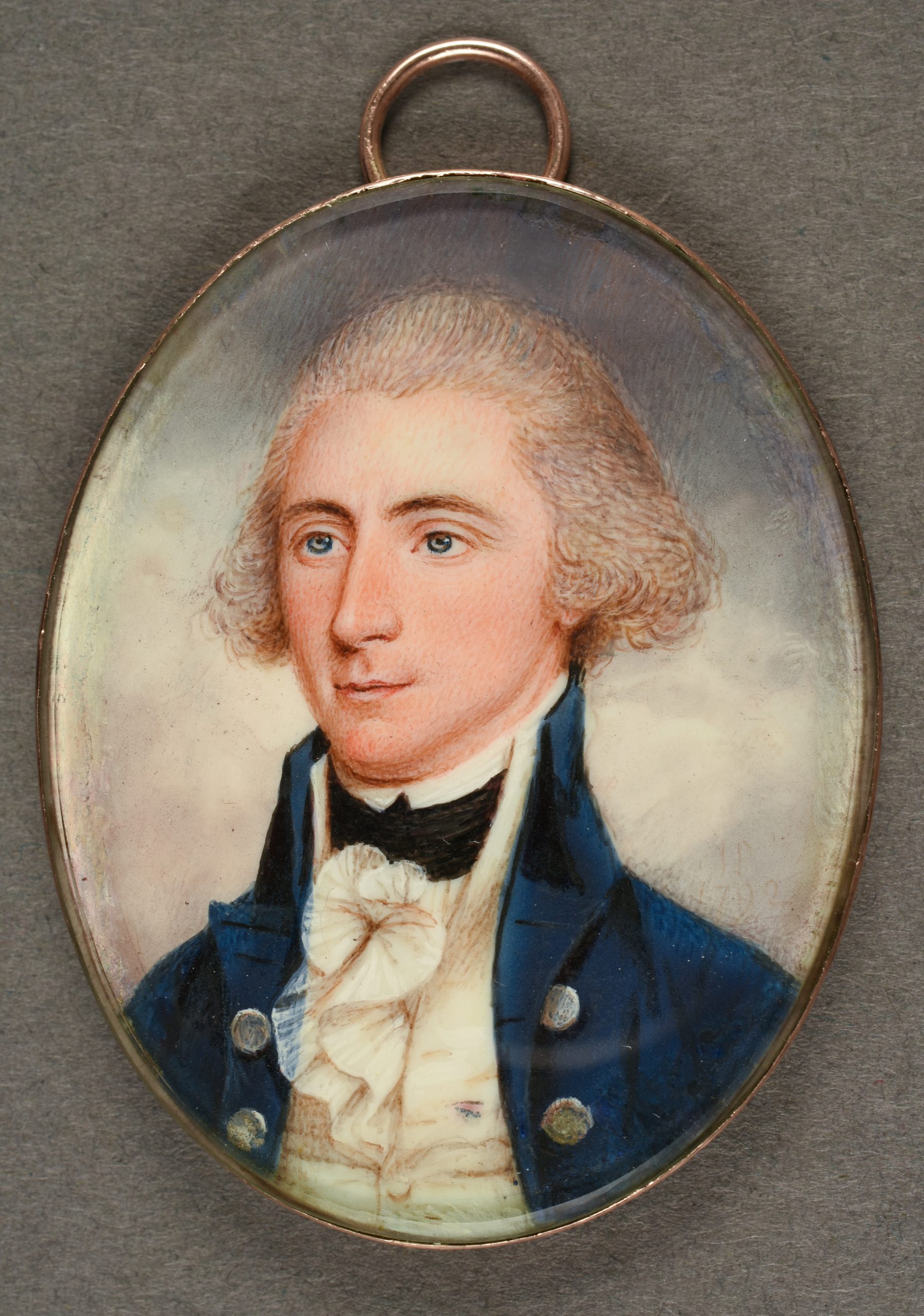
After the methodical research and meticulous work done by ACE conservators Ana Alba and Rhonda Wozniak and the Wiebold Studio, the James Peale miniature of Ebenezer Denny is wonderfully conserved and safely mounted within its case. This small object illustrates the attention and care needed to prepare artifacts for exhibition and preserve them for the future.
The miniature is featured in the Heinz History Center’s upcoming exhibition, Smithsonian’s Portraits of Pittsburgh: Works from the National Portrait Gallery. The exhibition will include original paintings, sketches, prints, and photographs from the National Portrait Gallery that showcase more than 100 Americans with Western Pennsylvania connections and incorporates select paintings and artifacts from the Heinz History Center’s collection.
Many thanks to Carol Aiken, conservator of portrait miniatures, for her expertise and consultation.
The following people contributed to this post: Ana Alba, Alba Art Conservation LLC; Nicole Lauletta, Registrar at the Heinz History Center; and Rhonda Wozniak, Rhonda Wozniak Objects Conservator.
